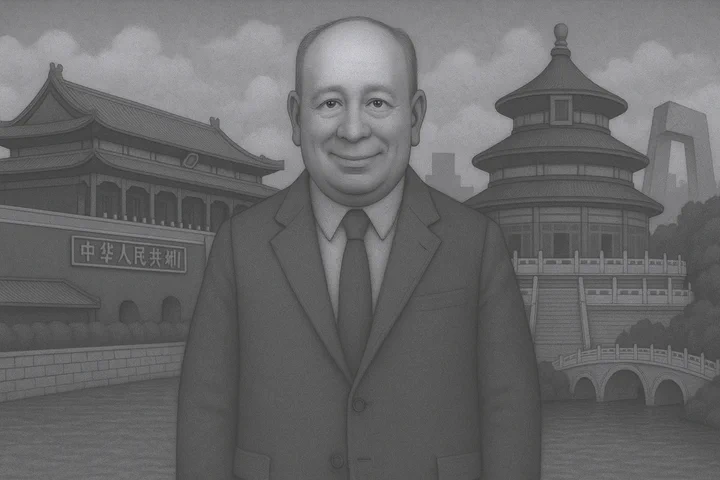China, Korea, Japan trilaterals

It’s at this point of time in a Trump Administration that every foreign policy analyst, everyone schooled under the conventions of liberal democratic international relations, wonders wtf is going on.
It was the same last time round as Trump ramped up the North Korea crisis with threats, boasts about the size of nuclear forces, mistruths about aircraft carrier battlegroup deployments, and brain farts about moving(!) and evacuating Seoul.
This is disruption and it was needed, but certainly not in this way. One day, historians will look back and say it was from here that things started to change.
In international relations, certain events stand out as pivotal moments. These single events are the accumulation of hundreds of separate decision points and less significant events.
Take the 30th September 1938 Munich Agreement and Chamberlain’s “peace for our time” speech. This single event is recorded in history as the epitome of appeasement, yet it was the culmination of hundreds of separate decision points and less significant events.
The initiative of South Korea, Japan, and China to expedite a trilateral Free Trade Agreement (FTA) in response to U.S. tariffs will be one such event. Once achieved, the securing of a trilateral FTA will be recorded in history as the epitome of East Asian cooperation, yet it will be the culmination of hundreds of separate decision points and less significant events, one of which was the decision to begin negotiations in response to Trump’s tariffs.
We can mark early April 2025, and Trump’s broader “Liberation Day” poorly formulated tariff strategy to address trade imbalances and protect domestic industries, as the beginning. China faced a staggering 104% tariff, Japan 24%, and South Korea 25%.
These have probably changed two or three times since this was written. Is it back to 10% and up to 125% for China? Who knows? All that is certain, the U.S. is today considered unreliable and high risk. The disruption imposes significant strain on the economies of East Asia and each state is looking for alternative avenues to mitigate the impact.
South Korea convened a ministerial meeting led by Finance Minister Choi Sang-mok on April 9, 2025. The outcome was a commitment to pursue a trilateral FTA with Japan and China “at the earliest possible moment.”
The agreement aims to foster deeper economic integration among the three nations, collectively accounting for 22.4% of the world’s GDP and 18.3% of global trade.
This initiative builds upon earlier discussions - the hundreds of separate decision points and less significant events. On March 30, 2025, trade ministers from the three countries held their first economic dialogue in five years, emphasizing the need to strengthen regional trade ties in light of looming U.S. tariffs. They agreed to enhance supply chain cooperation and advance talks on the trilateral FTA.
This built upon earlier dialogue. The concept of a trilateral FTA among China, Japan, and South Korea is not novel. Negotiations commenced in 2012, aiming to build upon existing frameworks like the Regional Comprehensive Economic Partnership (RCEP), which came into effect in 2022. While RCEP laid the groundwork for broader regional integration, the trilateral FTA seeks to deepen economic ties specifically among these three nations.
The path to a unified front is of course not without its challenges. Acting South Korean President Han Duck-soo expressed reservations about forming a coalition with China and Japan to counter U.S. tariffs, emphasizing a preference for direct negotiations with Washington.
In an interview with CNN, Han stated, “I don’t think that kind of fighting back will improve the situation dramatically. We will not take that route.”
BUT he didn’t hesitate to push for the trilateral FTA. AND if you think Finance Minister Choi Sang-mok and acting South Korean President Han Duck-soo are eager… wait till a progressive administration comes into power in a few months time!
The historical tensions, territorial disputes, and domestic political considerations means progress will not be easy. Aligning the economic policies of three distinct economies alone requires meticulous negotiation and compromise. Despite these differences, Trump is a powerful engine driving greater East Asian regional cooperation.
The concerted move by South Korea, Japan, and China to bolster their economic collaboration in response to U.S. tariffs marks a potential inflection point in East Asian geopolitics. It reflects a pragmatic shift towards regional self-reliance and a potential reconfiguration of traditional alliances.
Future historians will view this development as a critical juncture that signalled the beginning of a new era in East Asian geopolitics, characterized by diminished U.S. influence and enhanced regional cooperation.
